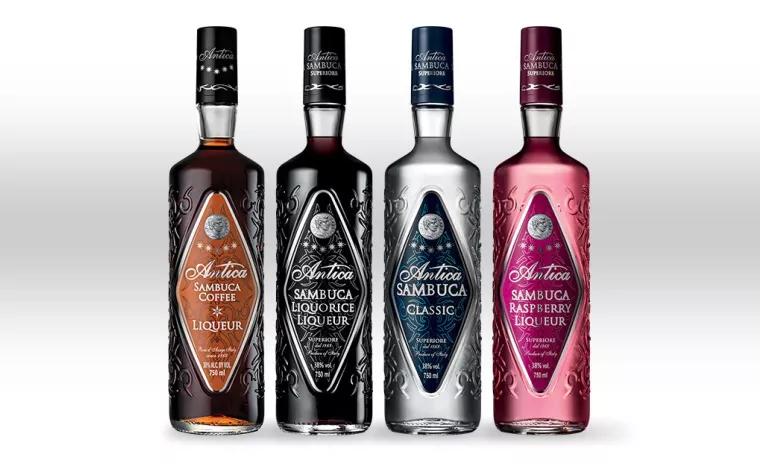Merlot, revered for its rich flavors and smooth textures, stands as a distinguished member in the world of red wines. Among its various attributes, the characteristic that often defines Merlot is its full-bodied nature. From its historical origins to the intricate winemaking processes, delving into what makes Merlot full-bodied unveils a fascinating journey through terroir, grape cultivation, and winemaking techniques.
Origins and Evolution
Merlot, originating in the Bordeaux region of France, has a history that dates back centuries. The term “Merlot” itself is believed to stem from the French word “merle,” meaning blackbird—a reference to the grape’s dark blue color. In Bordeaux, Merlot often acts as a blending grape, contributing to the famous Bordeaux blends alongside Cabernet Sauvignon, Cabernet Franc, Petit Verdot, and Malbec. Here, its full-bodied attributes play a significant role in balancing and enhancing the overall structure of the wine.
However, Merlot’s journey didn’t remain confined to France. Its popularity surged across the globe, leading to its cultivation in various wine regions. This global expansion allowed winemakers to explore the grape’s potential for producing standalone, full-bodied wines that showcase its unique characteristics.
Terroir and Grape Cultivation
The concept of terroir—referring to the combination of factors like soil, climate, topography, and human intervention—plays a pivotal role in shaping Merlot’s full-bodied profile. Merlot grapes thrive in a range of terroirs, from cooler climates to warmer regions, each imparting distinct nuances to the wine.
In cooler climates, Merlot tends to retain higher acidity levels, contributing to a more structured and age-worthy wine. Conversely, warmer climates often yield riper grapes with higher sugar content, resulting in wines that are more fruit-forward and voluptuous in body. The diverse terroirs enable winemakers to craft a spectrum of Merlot styles, showcasing its full-bodied nature in varying expressions.
Grape cultivation practices further influence Merlot’s body. Careful vineyard management, including canopy management, yield control, and irrigation techniques, allows winemakers to influence the grape’s concentration, tannin levels, and overall flavor profile. By striking the right balance between vineyard practices and terroir, winemakers can harness Merlot’s full-bodied potential.
See Also: Is Merlot Bitter?
Winemaking Techniques
The journey from vineyard to bottle involves a series of meticulous winemaking techniques that significantly contribute to Merlot’s full-bodied character. Upon harvest, the grapes undergo crushing and fermentation, where winemakers have a variety of methods to extract flavors, tannins, and color from the skins.
Extended maceration, where grape skins remain in contact with the fermenting juice for an extended period, aids in extracting phenolic compounds responsible for the wine’s body and structure. This technique allows for a fuller extraction of tannins, intensifying the wine’s mouthfeel and contributing to its full-bodied nature.
Oak aging also plays a crucial role in shaping Merlot’s profile. Winemakers often utilize oak barrels, imparting flavors such as vanilla, spice, and toastiness, while also contributing to the wine’s texture and complexity. The choice between different types of oak and the duration of aging further influences the final product, enhancing the wine’s full-bodied attributes.
Merlot: A Full-Bodied Experience
The experience of savoring a glass of Merlot encompasses more than just its physical attributes; it’s an immersion into a world of aromas, flavors, and textures. A well-crafted, full-bodied Merlot often exhibits a bouquet redolent with ripe fruit aromas, such as plums, cherries, and blackberries, accompanied by hints of spices, herbs, and sometimes, floral notes.
Upon the palate, a full-bodied Merlot displays a velvety texture that coats the mouth, offering a luxurious sensation. The wine’s flavors unfold in layers, showcasing a harmonious blend of fruitiness, earthiness, and subtle tannins that lend structure and depth. The balance between acidity and tannins contributes to a lingering finish, leaving a lasting impression that defines Merlot’s full-bodied charm.
Food Pairing and Enjoyment
Merlot’s versatile nature extends beyond its full-bodied character; it also pairs splendidly with a wide array of dishes. Its moderate tannins and acidity make it an excellent companion for various cuisines, from hearty meats like lamb and beef to poultry and pasta dishes. The wine’s fruit-forwardness can complement the flavors of roasted vegetables or elevate the richness of creamy cheeses.
When considering the enjoyment of Merlot, serving it at the right temperature is crucial. Serving slightly below room temperature, around 60-65°F (15-18°C), allows the wine to express its full spectrum of flavors and aromas. Decanting a younger, full-bodied Merlot before serving can also enhance its characteristics by allowing it to breathe and open up.
Conclusion
Merlot’s full-bodied nature encapsulates the culmination of factors—from its origins deeply rooted in history to the intricate processes of cultivation and winemaking. The grape’s ability to flourish in various terroirs, coupled with the craftsmanship of winemakers, results in a wine that embodies richness, depth, and complexity.
Whether enjoyed on its own or paired with a delectable meal, a glass of full-bodied Merlot invites enthusiasts to embark on a sensory journey—a journey that celebrates the artistry and diversity found within a single varietal. Its versatility, coupled with its inherent full-bodied allure, solidifies Merlot’s enduring place in the world of wine appreciation.


